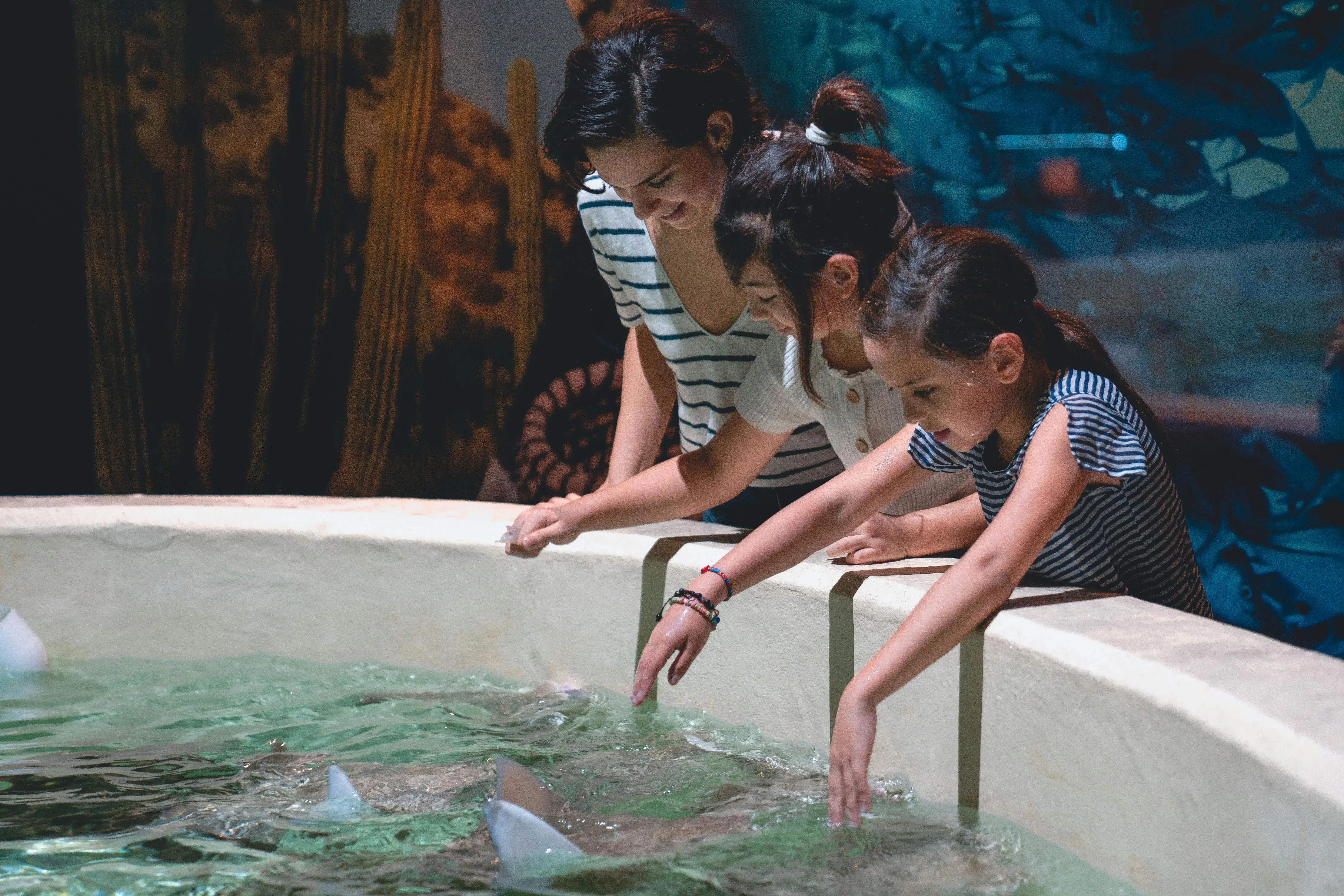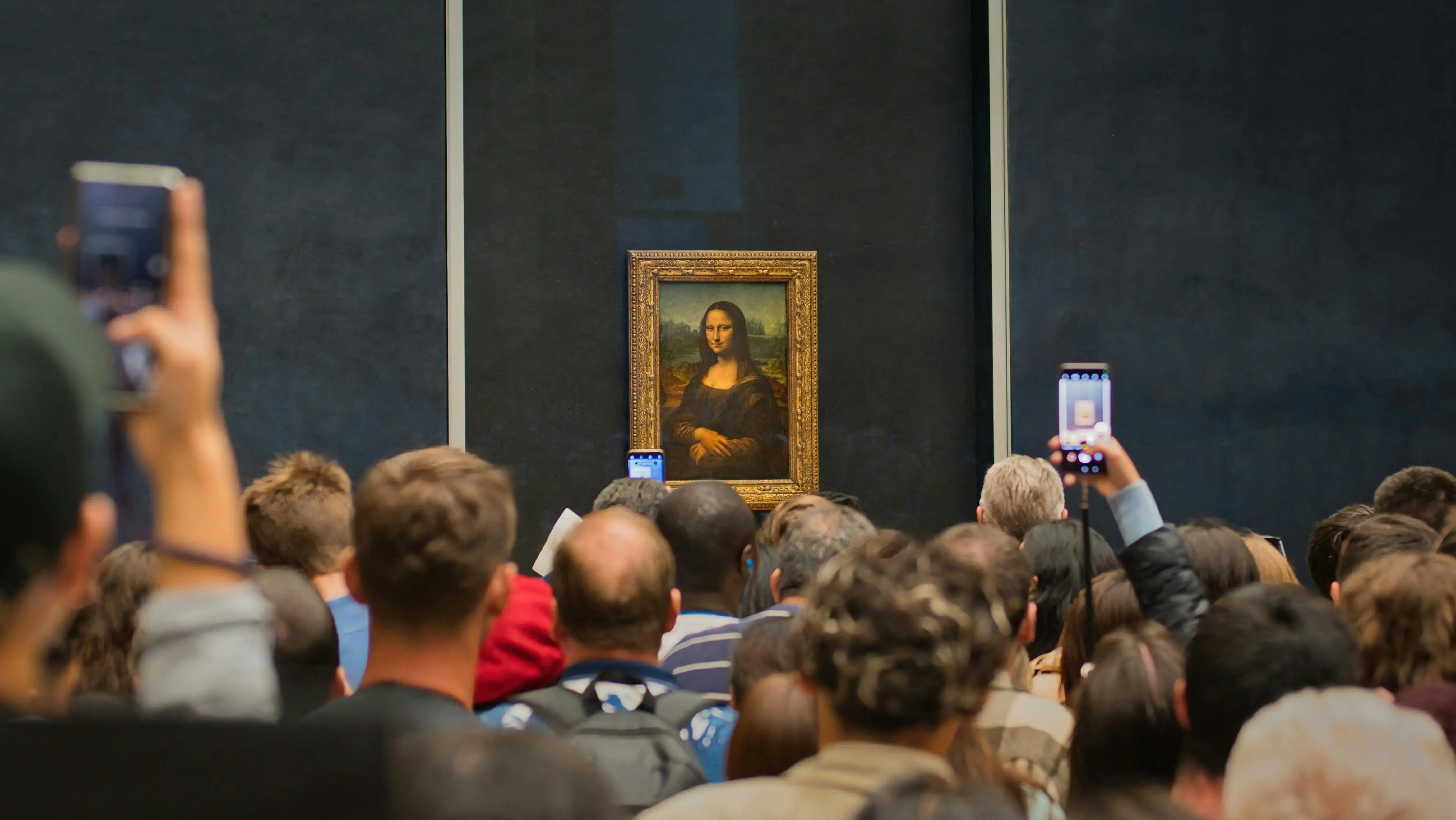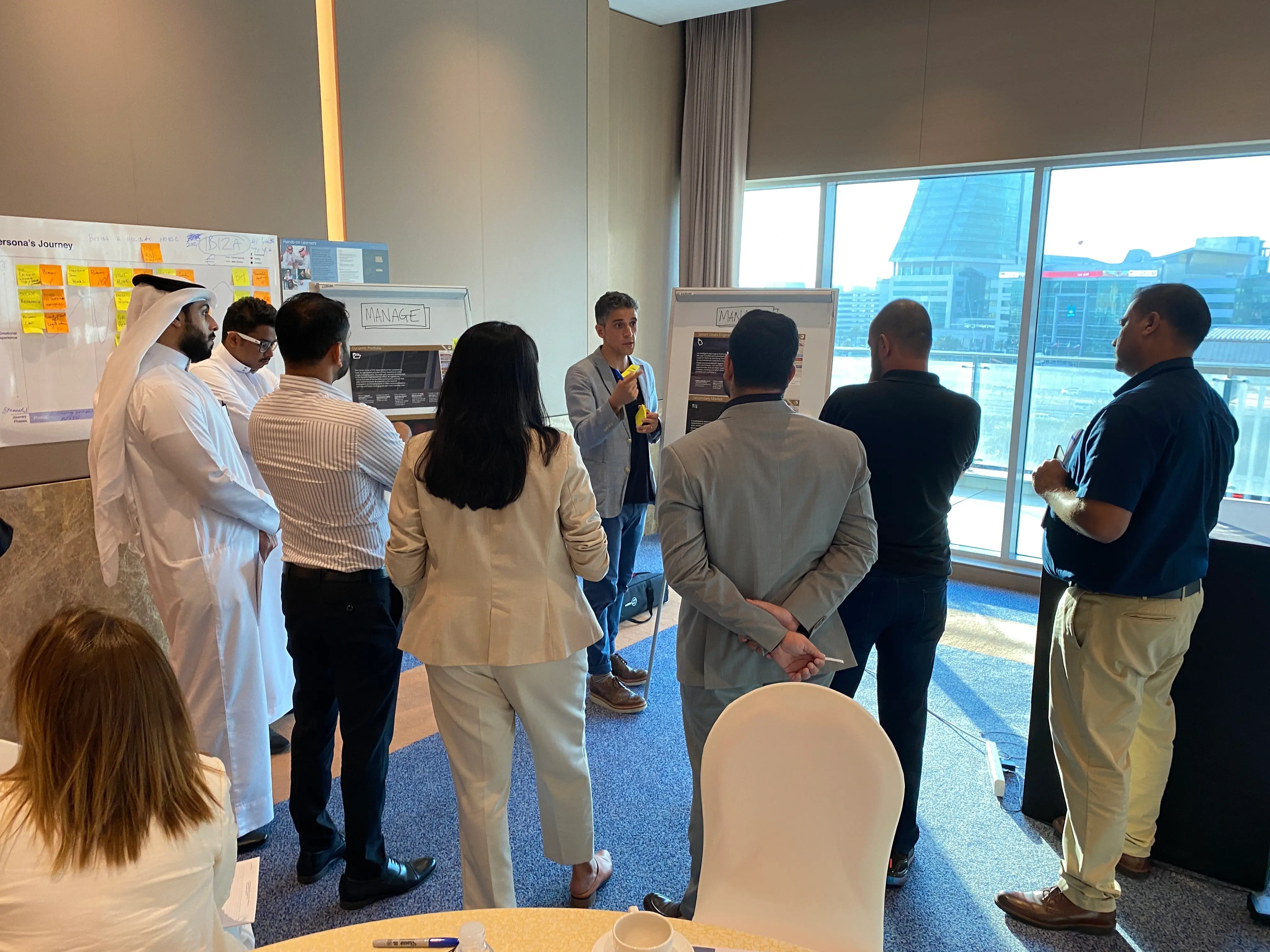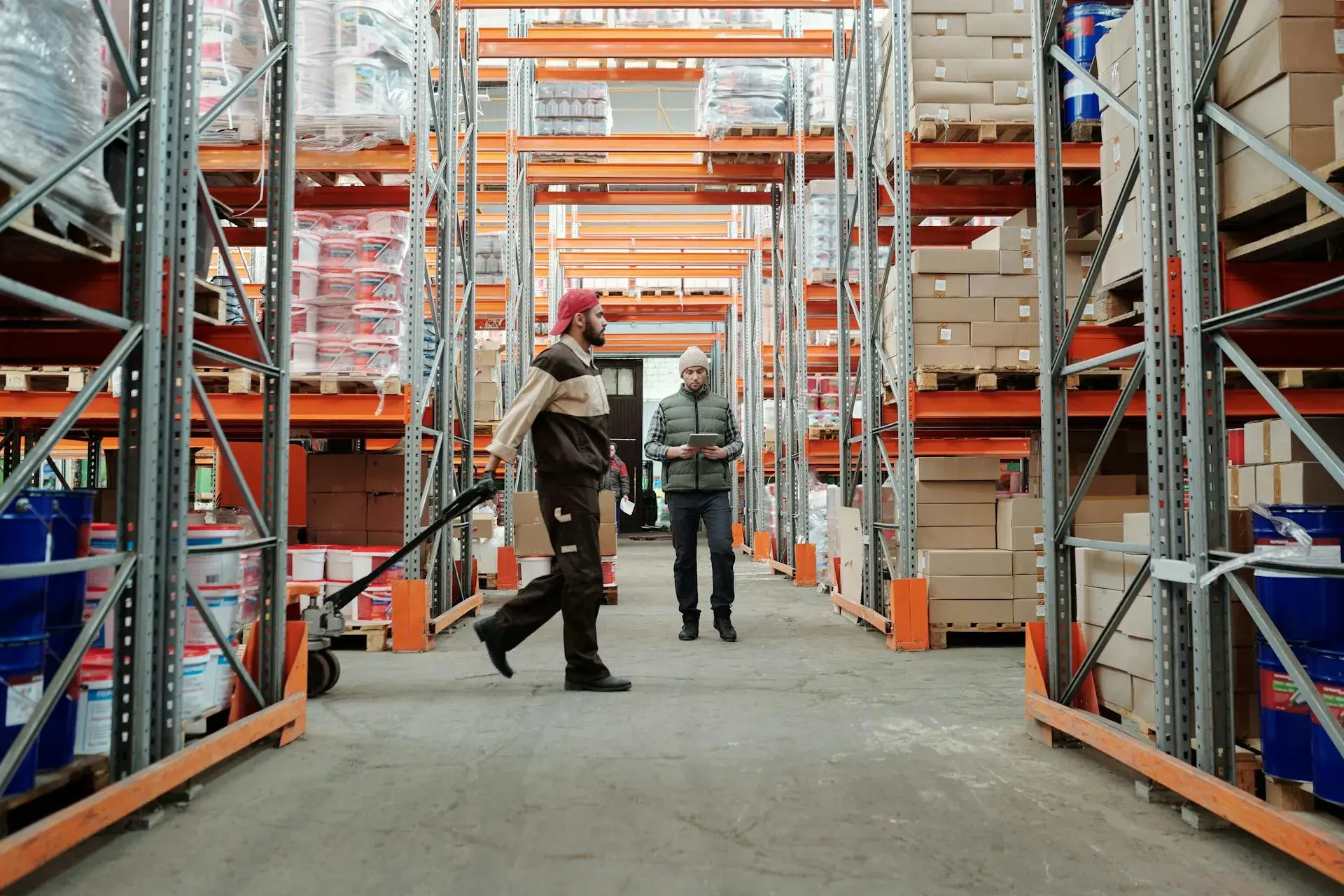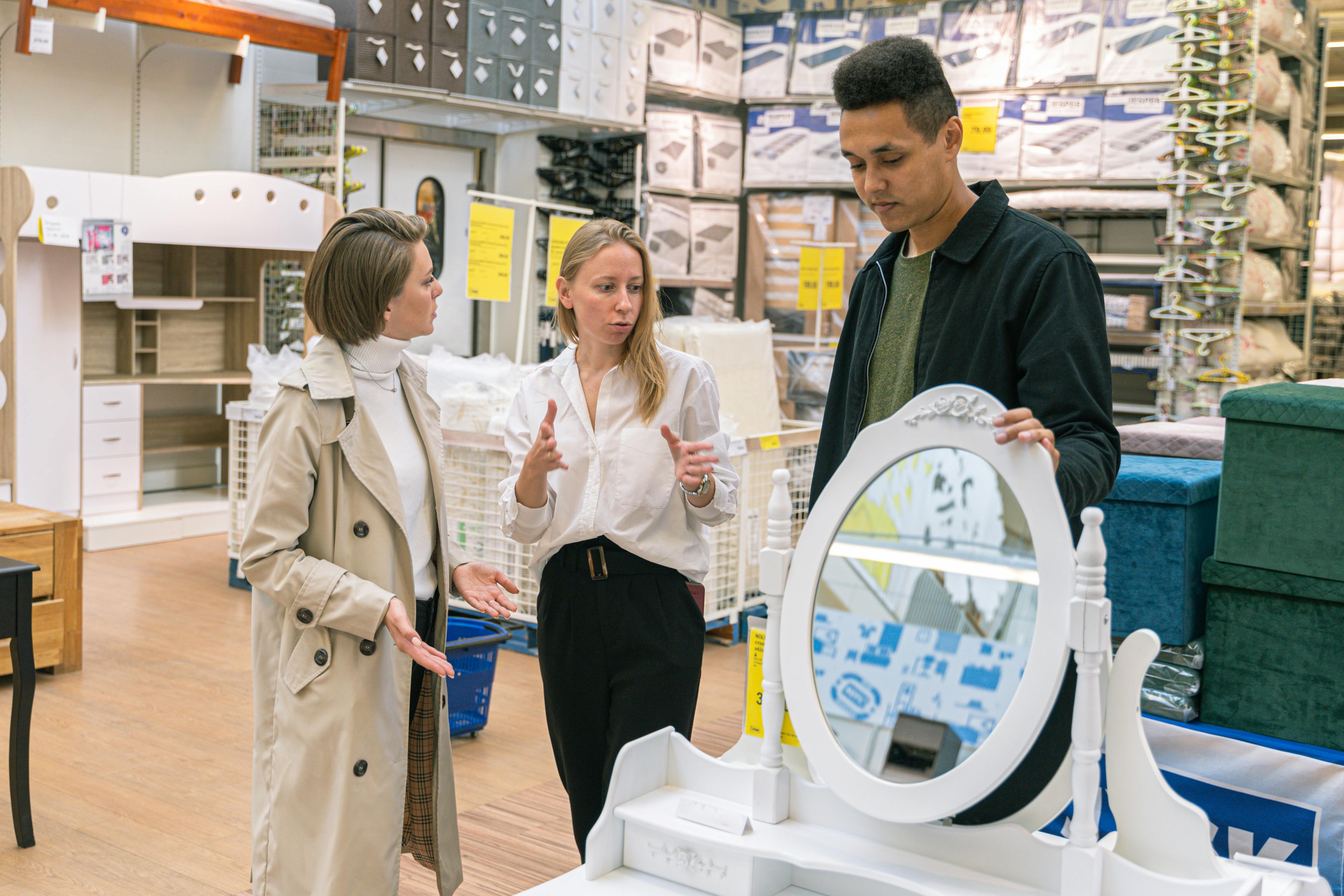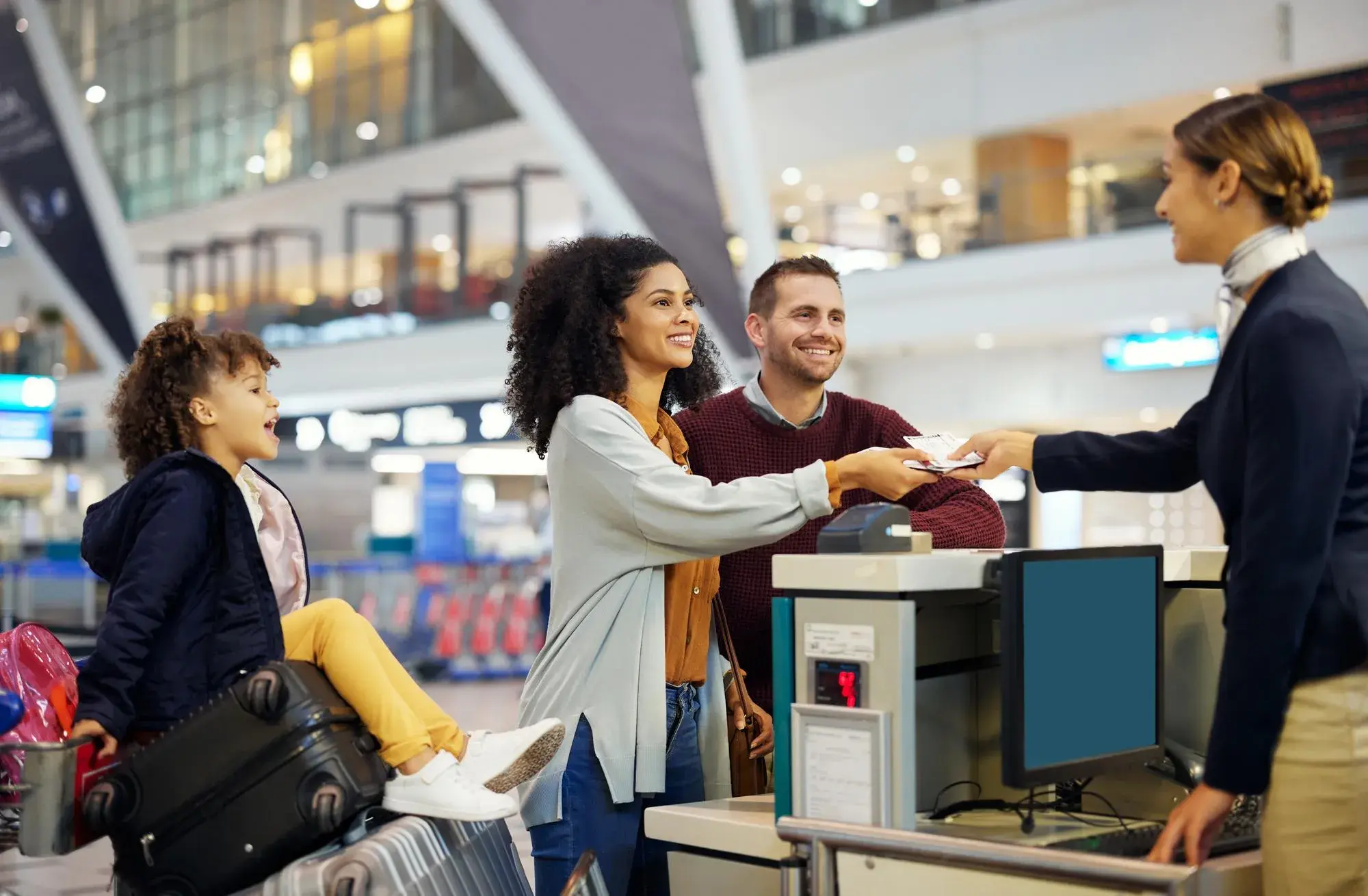Turning visits into relationships: designing destinations that last
- Tourism,
- Customer Experience Strategy & Vision,
- Destinations
- ·
- 5 min read
Most destination design ends when the visit does. But the real opportunity begins long before people arrive – and lasts long after they’ve left.
For decades, success has been measured by the simplest numbers: hotel nights, ticket sales, retail per head, passenger counts. They’re easy to track, they fit neatly into spreadsheets, but they only measure what happens on-site. They measure the “what” of a single visit, not the “why” that brings people back.
The real issue isn’t footfall, it’s forgettability. Destinations that design only for the visit risk leaving their greatest value untapped.

The visit is just the beginning
Designing beyond the visit means designing for the relationship. Like any relationship, it needs thoughtful beginnings, surprise moments, and ways to keep the bond alive.
- Onboarding – the way you welcome first-timers sets the tone for loyalty. A Spotify playlist, a personalised itinerary, or a story-driven confirmation email can all spark anticipation.
- Re-engagement – rituals that invite people back like anniversary discounts, photo-sharing prompts, or curated content that helps them relive the experience.
- Surprise moments – a free tasting, an unexpected upgrade, a small token of recognition. These don’t need to be costly, they just need to be personal.
A single visit may deliver spend. But a relationship delivers repeat choice, loyalty and advocacy. It turns one transaction into a cycle of return visits, word-of-mouth recommendations, and deeper emotional connections. That’s where the compounding value is found.
Destinations that think this way don’t just design visits. They design relationships. And in doing so, they unlock value that builds over time.
Relationships built on emotion deliver measurable results
Traditional ROI tells us what customers spent. But it rarely tells us how they felt, or whether they’ll come back.
Research shows that more than 80% of customer decisions are driven by emotion. Harvard Business Review found that emotionally connected visitors are three times more likely to recommend and twice as likely to return. Meanwhile, repeat visitors cost significantly less to convert than first-timers.
Success shouldn’t be measured only by what happened during the visit, but by the lasting impact the experience has on people’s lives and choices afterwards.
So, instead of asking, “How much did visitors spend today?”, the question becomes, “How much value will this relationship generate tomorrow?”
For example, Icelandair’s Stopover Programme turned what could have been a forgettable layover into a brand-defining experience – weaving anticipation, the stay itself, and post-trip storytelling into one continuous narrative.
Similarly, Singapore Tourism Board’s Passion Made Possible campaign keeps global audiences emotionally connected with Singapore, turning visits into long-term affinity.
In retail, Burberry shows how physical experiences can be woven into a broader lifestyle relationship, ensuring that every store visit is just one chapter in a bigger brand story.
Each example illustrates that when you design for relationships, not just visits, you create exponential returns.
Why the visit isn't enough
The value of customer relationships is clear, but so many destinations are still falling short. That’s because the design efforts are still anchored to transactions, not connections.
Often, pre-arrival is treated as admin, not anticipation. On-site is optimised for flow, not memory. And post-visit is neglected entirely, reduced to the occasional mass marketing email.
Technology has also accelerated the problem. Every outlet, tenant or operator wants its own app, push notification or digital touchpoint. The result is noise – a fragmented journey that overwhelms rather than reassures. Instead of clarity, guests get clutter. And instead of rhythm, they get fatigue.
The irony is that repeat visitors behave differently. They stay longer, engage in fewer but richer experiences, and spend more over time – all while costing less to attract. Ultimately, the more you invest in relationships, the more the returns multiply.

Designing with intent
So how can destinations shift from transactional design to relationship design?
Broaden the metrics
Don’t just track footfall and spend. Track how your visitors felt.
Measuring emotional outcomes such as how safe, valued or inspired someone felt gives a much clearer view of what drives return visits, social sharing and long-term loyalty. Emotions have a direct relationship with key commercial metrics like NPS, average spend and dwell time.
Design across the journey
Think of the relationship as a continuous arc. Before arrival, spark confidence and anticipation. During the visit, engineer signature moments that stick. After departure, sustain the bond with personalised stories, loyalty touchpoints, or shared cultural values.
Engineer belonging
Visitors want to feel proud of their connection to a place. Whether through sustainability pledges like Iceland’s Icelandic Pledge, inclusivity campaigns, or cultural rituals, destinations can transform fleeting visits into enduring identities.
Curate memories, not just moments
A great visit is forgotten if it doesn’t translate into shareable stories. What guests talk about a day, a week, or a year later is what defines whether the visit became a relationship.
The invitation
Destinations that thrive in the coming decade won’t be those with the most impressive facilities, services or attractions. They’ll be the ones that design relationships, not just visits.
Because when you build relationships, you unlock lasting value, which includes repeat choice, loyalty and advocacy. That’s the only sustainable edge in a world of interchangeable destinations.
At Engine, we help destinations reframe their success model and design for relationships across the journey – from thoughtful beginnings to signature moments to sustained connections.
If you’re ready to unlock lasting value by designing for relationships, let's talk.
Download your copy of our Destination Thinking: A guide to designing and delivering world-class destination experiences.
